Priscila Machado Vieira Lima
Weightless Neural Networks for Efficient Edge Inference
Mar 03, 2022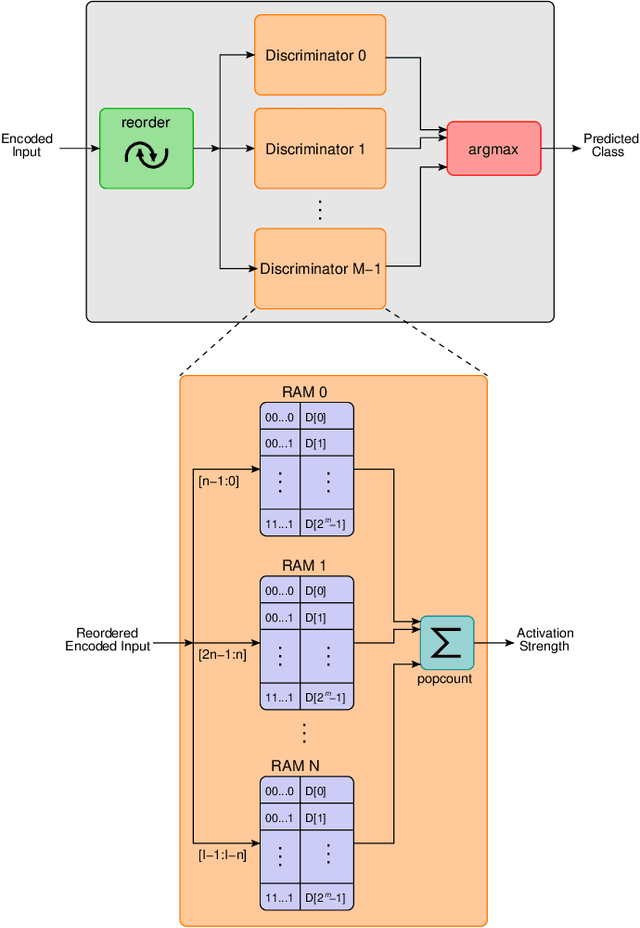
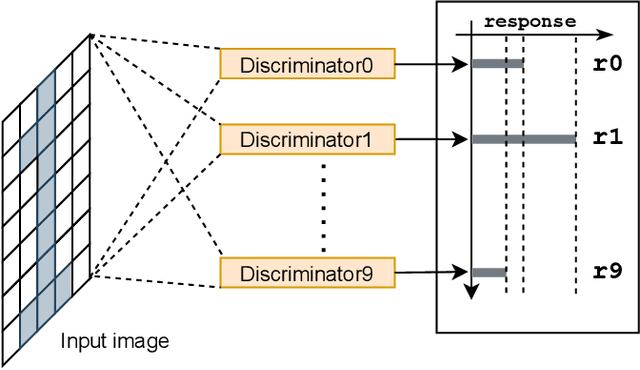

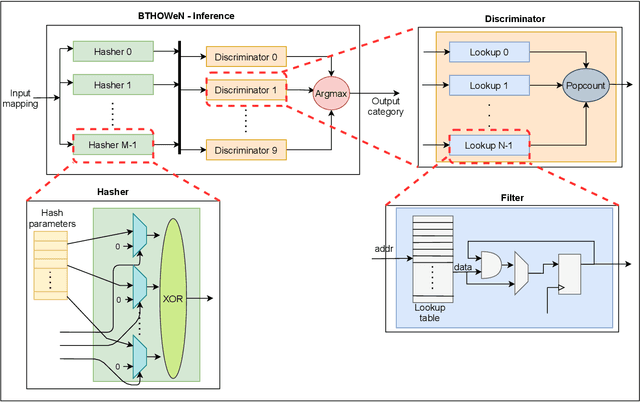
Abstract:Weightless Neural Networks (WNNs) are a class of machine learning model which use table lookups to perform inference. This is in contrast with Deep Neural Networks (DNNs), which use multiply-accumulate operations. State-of-the-art WNN architectures have a fraction of the implementation cost of DNNs, but still lag behind them on accuracy for common image recognition tasks. Additionally, many existing WNN architectures suffer from high memory requirements. In this paper, we propose a novel WNN architecture, BTHOWeN, with key algorithmic and architectural improvements over prior work, namely counting Bloom filters, hardware-friendly hashing, and Gaussian-based nonlinear thermometer encodings to improve model accuracy and reduce area and energy consumption. BTHOWeN targets the large and growing edge computing sector by providing superior latency and energy efficiency to comparable quantized DNNs. Compared to state-of-the-art WNNs across nine classification datasets, BTHOWeN on average reduces error by more than than 40% and model size by more than 50%. We then demonstrate the viability of the BTHOWeN architecture by presenting an FPGA-based accelerator, and compare its latency and resource usage against similarly accurate quantized DNN accelerators, including Multi-Layer Perceptron (MLP) and convolutional models. The proposed BTHOWeN models consume almost 80% less energy than the MLP models, with nearly 85% reduction in latency. In our quest for efficient ML on the edge, WNNs are clearly deserving of additional attention.
Neural-Symbolic Learning and Reasoning: A Survey and Interpretation
Nov 10, 2017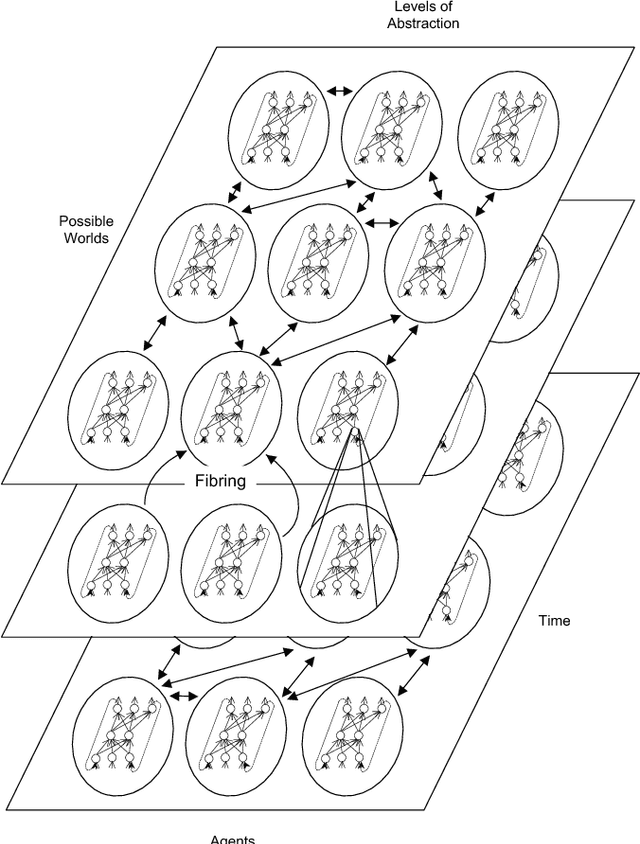
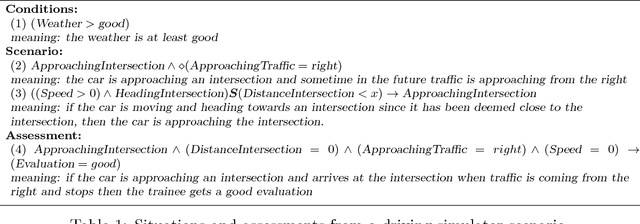
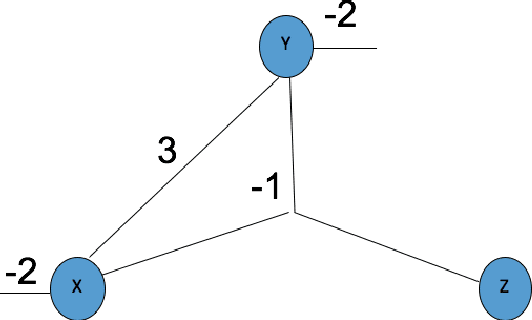
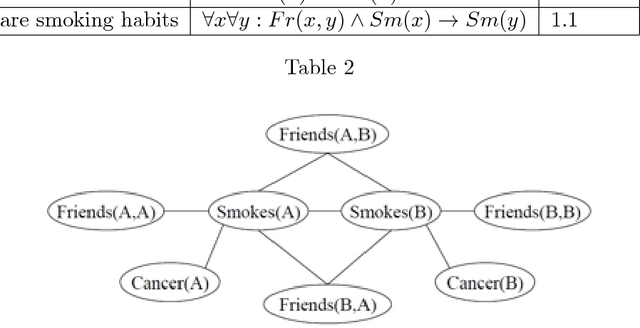
Abstract:The study and understanding of human behaviour is relevant to computer science, artificial intelligence, neural computation, cognitive science, philosophy, psychology, and several other areas. Presupposing cognition as basis of behaviour, among the most prominent tools in the modelling of behaviour are computational-logic systems, connectionist models of cognition, and models of uncertainty. Recent studies in cognitive science, artificial intelligence, and psychology have produced a number of cognitive models of reasoning, learning, and language that are underpinned by computation. In addition, efforts in computer science research have led to the development of cognitive computational systems integrating machine learning and automated reasoning. Such systems have shown promise in a range of applications, including computational biology, fault diagnosis, training and assessment in simulators, and software verification. This joint survey reviews the personal ideas and views of several researchers on neural-symbolic learning and reasoning. The article is organised in three parts: Firstly, we frame the scope and goals of neural-symbolic computation and have a look at the theoretical foundations. We then proceed to describe the realisations of neural-symbolic computation, systems, and applications. Finally we present the challenges facing the area and avenues for further research.
 Add to Chrome
Add to Chrome Add to Firefox
Add to Firefox Add to Edge
Add to Edge